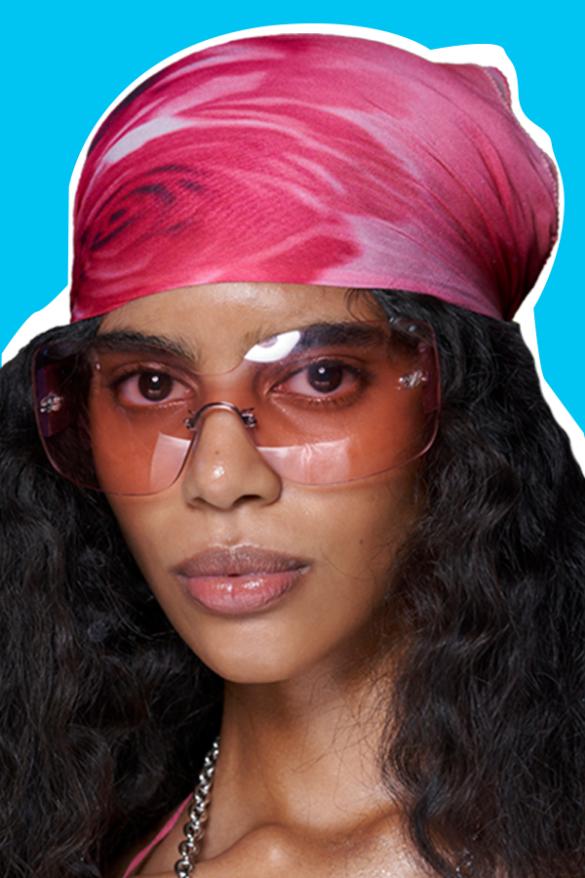BETWEEN PAST, PRESENT AND FUTURE, THE STAINLESS CHARM OF THE SCARF

No one has ever established that the headscarf is a perfect accessory for a particular season of the year; the certainty, however, is that it is one of the most iconic and eclectic accessories of all time. The popularity of the headscarf as a stainless garment-an emblem of elegance and sophistication-dates back to between the 1950s and 1960s, when great personalities of the time such as Grace Kelly, Audrey Hepburn and Jacqueline Kennedy Onassis began wearing it, making it one of the main threads of their wardrobes. Whether made of silk, satin or cotton matters little, the scarf is timeless as well as ideal for any occasion. Born in the 20th century it was first marketed by the French fashion house Hermès in 1937, and called Jeau des Omnibus ed Dames Blanches. Banally knotted around the neck, wrapped in the hair, or used as a handbag and wrist accessory, we know a variety of ways in which scarves can be worn. In the past this particular accessory, before its present function as an ornament, was used to protect oneself from the sun or by women to cover their heads and shoulders in church. Today, on the other hand, headscarves are increasingly decorated, reducing less and less that boundary between the worlds of fashion and art.
During the last fashion weeks many fashion houses have tried to propose the so-called granny glam, the return of the scarf knotted under the chin. To influence as always the collective imagination, the world of television series, in fact in an episode of the sequel to Sex and The City (And Just Like That) even Sarah Jessica Parker – as the most famous it girl ever Carrie Bradshaw – wore a scarf knotted under the chin in perfect granny style.